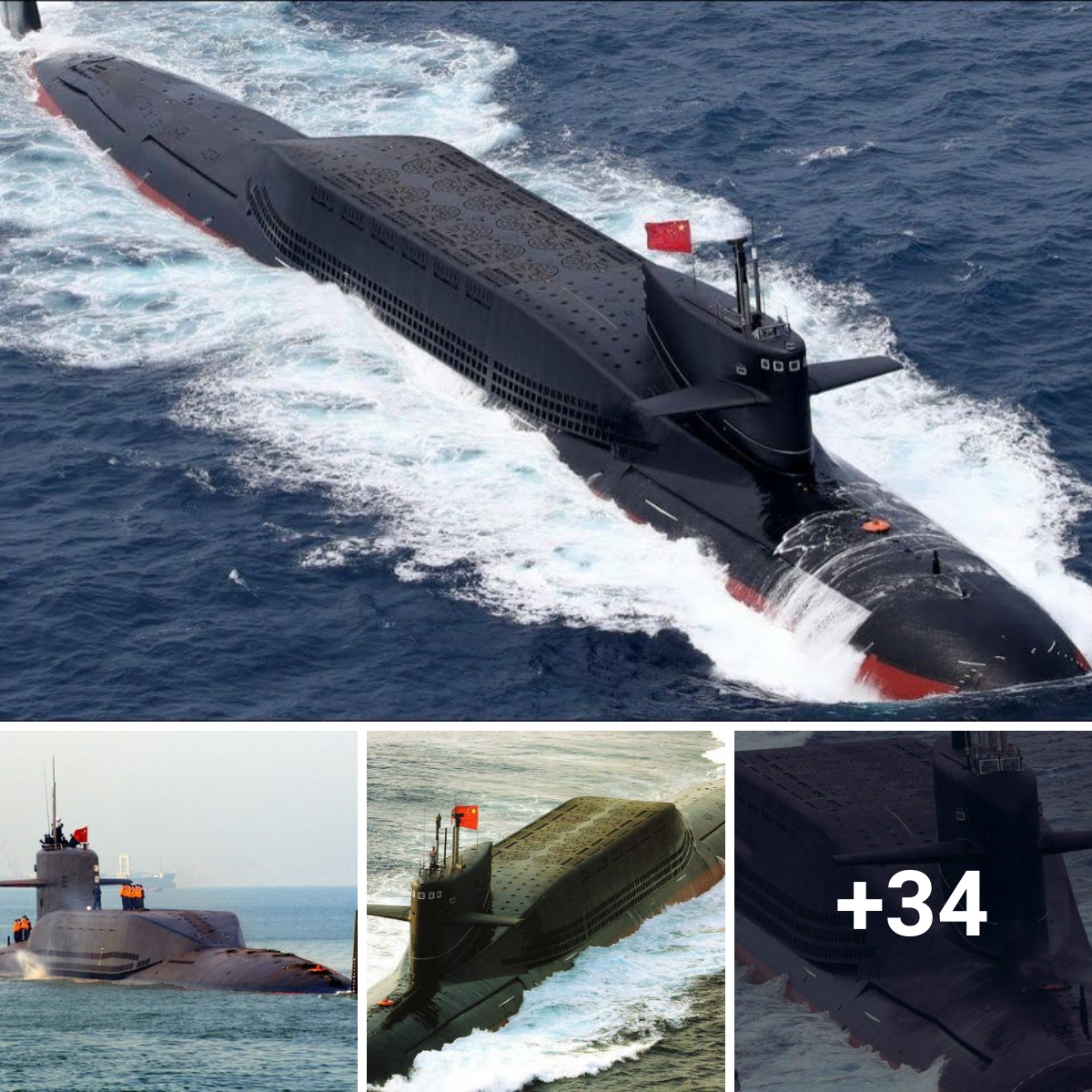Deep dive into the Houthi rebels’ use of anti-ship ballistic missiles and their connection to Chinese military technology.
Houthi rebels’ foray into naval warfare and its impact on trade
Recently, the Houthi rebels have intensified their naval offensive, using disruptive tactics in the Bab el-Mandeb Strait and the southern Red Sea. Its articulated goal is to hinder the flow of goods to Israel and increase the costs of maritime trade for Israel’s allies. Yemen’s strategic geographical location gives them a unique advantage in carrying out such a campaign.
However, beyond the immediate economic and political impact, these acts have triggered an international reaction, materializing in a multinational coalition dedicated to safeguarding maritime freedom.
The media coverage, although extensive in certain aspects, has neglected a critical detail: the use of advanced weapons technology by the Houthis. The most significant incident in this regard occurred on December 3, when the rebels lauched an anti-ship ballistic missile (ASBM) against the British-owned, Bahamian-flagged freighter Unity Explorer. This attack was confirmed by reliable sources, including The Economist, and highlights the sophistication of the Houthi arsenal.
However, the provenance of such technology raises questions. The Houthis’ ability to develop an ASBM, a technology until now almost exclusive to China’s People’s Liberation Army ( PLA ) Rocket Force, is highly questionable. This leads us to consider the possible proliferation of this technology by Beijing.
Implications of China’s proliferation of missile technology
The presence of ASBMs in the hands of the Houthis suggests a possible proliferation of missle technology by China. Despite its statements against weapons proliferation and interest in joining the Missile Technology Control Regime (RCTM), this nation is not yet part of the said regime. China’s history of proliferation of weapons during its early decades suggests that the inadvertent transfer of advanced military technology is not unthinkable.
In the past, China’s Armed Forces have been forced to self-finance under adverse economic conditions, which could have fostered a culture of weapons proliferation.
However, the possibility that the PLA has allowed the transfer of such strategic and advanced technologies as ASBM missiles, specifically the DF-21D and DF-26 models, is a topic of debate. These missiles, part of China’s anti-access and area denial strategy, represent a significant military advantage that the PLA is unlikely to share easily, even with allies such as Iran.
The transfer of such technology to Iran and, potentially, to groups such as the Houthis, Hamas or Hezbollah would be a move of great political and military magnitude, probably opposed by Chinese military officials. The possibility of elements within the EPL acting independently in this regard is an issue that deserves careful analysis.
Eurasian strategy and the influence of historical geopolitical theories
The proliferation of ASBMs in Eurasia follows consistent strategic reasoning supported by geopolitical concepts from Nicholas Spykman, Halford Mackinder and Alfred Thayer Mahan. These theorists highlighted the importance of the Eurasian “heartland” in global politics and the maritime “edges” as crucial axes for hegemonic control. The ability of powers such as the British Empire or the United States to maneuver on the Eurasian periphery and exert influence from their maritime domains has been a determining factor in modern history.
Spykman stressed the need for powers such as the Royal Navy or the United States Navy to control marginal seas to exert effective influence. However, this maritime domain is challenged by the emergence of technologies such as ASBMs, which represent a significant shift in the balance of naval power.
The perspective of Beijing, Tehran or Moscow in the face of a dominant Western navy justifies the defensive strategies adopted, including the development and proliferation of ASBMs.
Over the last century, advances in maritime weapons technology have empowered smaller fleets and coastal defenders. Torpedoes, sea mines, military aviation, and the guided missile revolution have transformed naval warfare, tipping the balance toward land-based maritime power.
Impact of technological fusion on Western maritime supremacy
The integration of advanced technologies into access and area denial systems could disrupt centuries of Western maritime supremacy and thereby change Western stewardship over the international order. This project, aligned with the objectives of China and allies, as well as sub-state actors such as the Houthis, poses a paradigmatic change in maritime geopolitics.
The deliberate export of technologies such as ASBMs by a power like China is paradoxical, given the possible adverse repercussions. Weapons, unlike alliances and coalitions, are enduring, as evidenced in current conflicts where armed forces equipped with material of Soviet origin confront each other. The proliferation of ASBM is, therefore, an undertaking fraught with significant uncertainties and risks for the exporting country.
Classified intelligence specialists are expected to take a close look at this issue to understand not only current events but also China’s possible motives and future implications for Eurasia. Anticipation is key to developing an effective and prudent counterstrategy.





